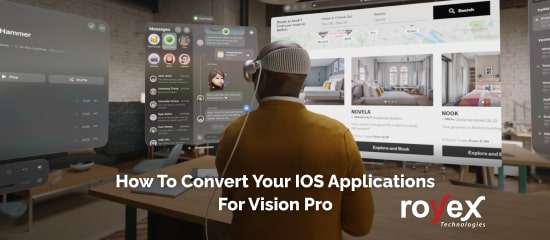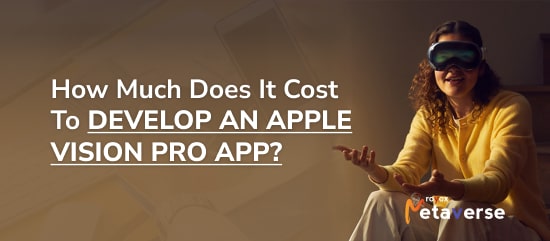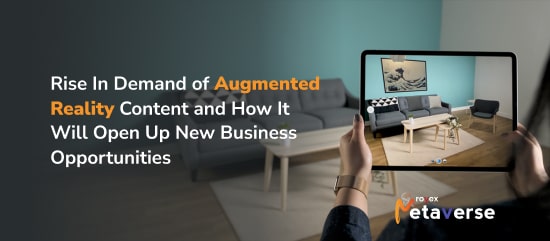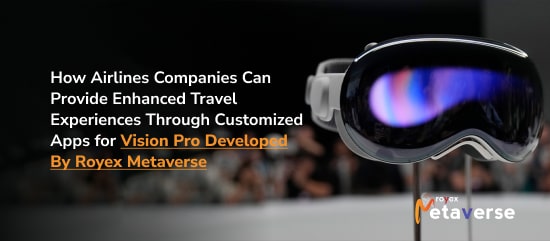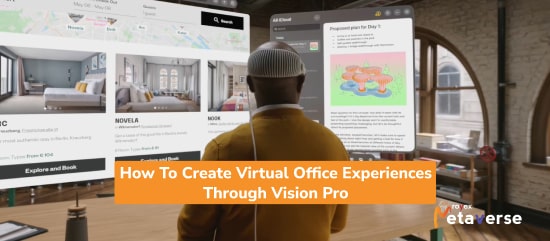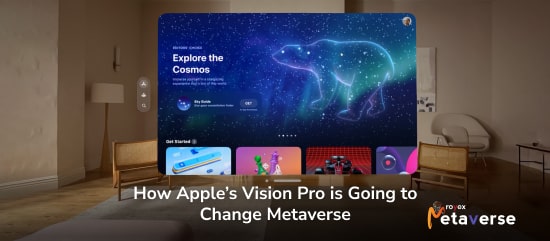It all began in 1838, when scientist Sir Charles Wheatstone proposed the concept of "binocular vision," in which two images , one for each eye , are combined to create a single three-dimensional view.
Stereoscopes, a technology that uses the illusion of depth to create an image, were developed as a result of this notion. This is the same principle that current VR headsets employ.
Now fast forward to 1935, when Stanley Weinbaum published Pygmalion's Spectacles, a novel in which the protagonist explores an imaginary world through a pair of spectacles that allow him to see, hear, taste, smell, and touch.
The Sensorama Machine, was the first VR machine that was built by Morton Heilig in 1956. This contraption used 3D video, music, fragrances, and a vibrating chair to immerse the spectator in the experience of riding a motorcycle in Brooklyn. In 1960, Heilig patented the first head-mounted display, which integrated stereo sound with stereoscopic 3D pictures.
In the 1970s, MIT produced the Aspen Movie Map, which allowed tourists to take a computer-generated tour of Aspen, Colorado. This was the first time we were able to move customers to another location using virtual reality.
Snow Crash, by Neil Stevenson, was the first novel to utilize the phrase "metaverse." Stevenson's metaverse was a virtual world in which characters may escape from a bleak totalitarian reality.
In the early 1990s, Sega released VR arcade devices such as the SEGA VR-1 motion simulator, which were successful in many arcades.
In 1998, Sportsvision broadcasted the first live NFL game with a yellow yard marker, and the idea of overlaying images over real-world views quickly expanded to other sports broadcasting.
In 2010, an 18 year old inventor and entrepreneur, Palmer Luckey designed the prototype for the Oculus Rift VR headset. The groundbreaking headset incentive to take in virtual reality with its 90-degree field of vision and utilization of computer processing power.
In 2011, Ernest Cline published Ready Player One, which gave us another glimpse into a truly immersive universe where we could escape from reality. The novel was an instant success, and filmmaker Steven Spielberg adapted it into a film in 2018.
In 2014, Facebook purchased Oculus VR for $2 billion. The two businesses will collaborate to extend the Oculus platform and seek partnerships to enable new games, according to Facebook founder Mark Zuckerberg at the time.
In 2014, both Samsung and Sony introduced their own VR headsets, that was a busy year for XR, also the first Cardboard gadget and Google AR glasses were also released the same year. Cardboard is a low-cost cardboard VR viewer for cell phones developed by Google.
In 2016, Microsoft's HoloLens headsets were released, bringing mixed reality (AR and VR) to the masses for the first time. We can build a holographic image in front of us with HoloLens, then place it in the actual environment and manipulate it using augmented reality. People all over the world were also racing around their neighborhoods in 2016 trying to catch Pokémon using the augmented reality game Pokémon GO.
In 2017, IKEA entered the metaverse with their unique Place app, which allows you to select a piece of furniture and see how it might appear in your home or office.
Lidar (Light Detection and Ranging) was introduced to iPhones and iPads in 2020, enabling improved depth sensing for better pictures and AR, as well as paving the way for future mixed-reality headsets.
In 2021, Facebook changed its name to Meta, emphasizing its commitment to molding the metaverse's future. Two other firms have introduced smart glasses (Ray-Ban Stories) and highly portable virtual reality headsets (HTC's Vive Flow).
Metaverse technology components have previously been developed in online video games. Second Life, a virtual world platform that launched in 2003 and incorporated many aspects of social media into a persistent three-dimensional world with the user represented as an avatar, is often referred to as the first metaverse, but historical claims of metaverse development began soon after the term was coined. Active Worlds and The Palace were two early concepts. Habbo Hotel, World of Warcraft, Minecraft, Fortnite, VRChat, and game creation platform Roblox, which has since used the phrase extensively in marketing, are examples of popular games characterized as part of the metaverse. Second Life developer Philip Rosedale characterized metaverses as a three-dimensional Internet populated with actual people in a January 2022 interview with Wired.
In 2022, I believe we'll see even more significant advancements in immersive experiences. Apple, for example, is actively developing headphones that could eventually replace our smartphones as the gateway to the future metaverse.
The book "Metaverse - The Future Is Here" is the definitive guide to learning about the emerging technology Metaverse. You will find in-depth information on the origins of the Metaverse, its evolution, how we can access it, the different Metverse platforms available, and the technologies powering it; apart from the basics, the book also elaborates on how businesses can enter the Metaverse, various marketing strategies, its use cases for various industries, social and legal implications, and discusses what Metaverse in the future will look like.



